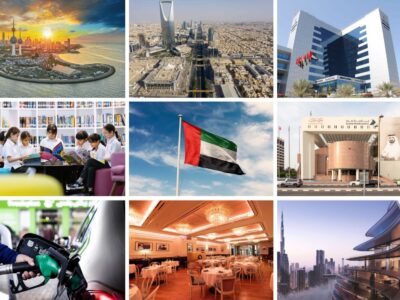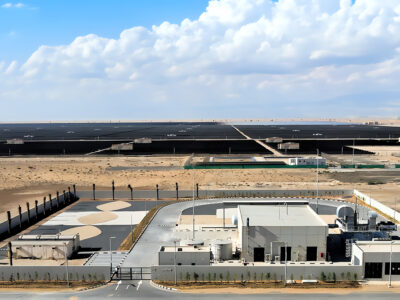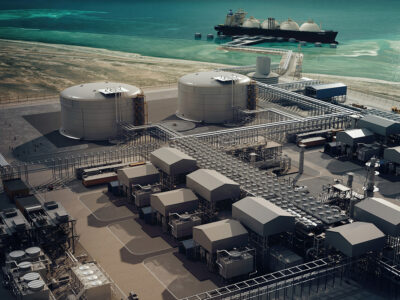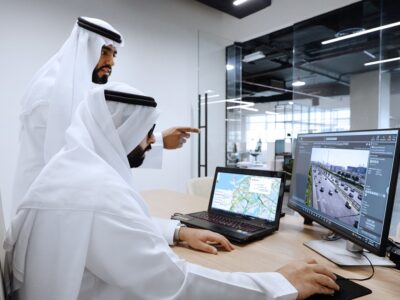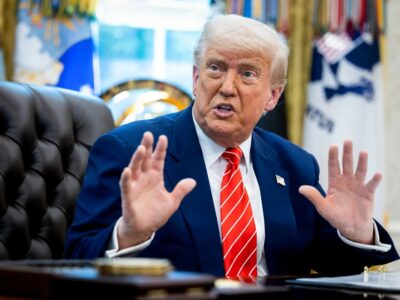Saudi Arabia is getting serious about green energy.
The kingdom has high potential to capitalise on solar energy – photovoltaic technology and concentrated solar power technology – to drive its economic diversification agenda, new research from investment banking company Natixis shows. It also pointed to wind energy as a promising front as technological advancements make wind farms more economically viable.
Saudi Arabia, under its Vision 2030 development programme, is looking to produce 30 percent of its energy from renewables and other sources, with nuclear energy playing an important role.
“The last five years have been decisive for renewable energies in the GCC region. Plans have converted into operating projects and future investment outlook has increased,” the report read.
The kingdom is host to 16 percent of the region’s solar capacity, with the UAE holding 68 percent and Kuwait, nine percent, according to the report.
“From 2016 to 2018, pioneering record-breaking bids in renewable energy auctions in Saudi Arabia and the UAE have pushed down costs and increased the technology competitiveness with other power sources,” it read.
For the country’s nuclear plans, the kingdom has entered into discussions with Chinese, French, Korean and Russian engineering and equipment providers to develop its nuclear energy sector, the report said.
 Saudi Arabia, under its Vision 2030 development programme, sees nuclear energy playing an important role
Saudi Arabia, under its Vision 2030 development programme, sees nuclear energy playing an important role
“Development of nuclear energy could take two, not necessarily mutually exclusive directions, with the Saudi government considering: the deployment of large reactors to meet the country’s overall electricity mix objectives, but also the use of small units aimed at directly powering desalination plants,” according to the report.
With plans in place to increase the share of renewables, action must follow; governments have to continue to create policies to convince people to make the shift, the report said.
“Renewable energy costs are going through a downward path, incentivising new investment. Well-designed auctions and favourable financing conditions add to the attractiveness of these projects. Local factors also play a role in making the investment landscape prosperous as taxation is low and land and grid-connection costs are minimal.”
While renewables are set to take up an increasing portion of the energy pie, oil and gas are still likely to drive post-pandemic economic recovery, the Natixis report read.
 Saudi Arabia is looking to produce 30 percent of its energy from renewables and other sources
Saudi Arabia is looking to produce 30 percent of its energy from renewables and other sources
However, with oil prices now above $70, experts said that level is steady enough for countries in the Gulf, especially Saudi Arabia and the UAE, to push ahead with badly needed diversification efforts.
In Saudi Arabia, the non-oil economy – the engine of job creation – grew 2.9 percent in the first three months of 2021, while the oil economy shrank 11.7 percent due to production cuts made to support prices. Overall, the economy shrank 3.3 percent in the quarter.
Diversification drives across the Gulf have meant working to deflate bloated public sectors and create better business conditions to attract investment and stimulate private sector growth. Focus has also been placed on boosting tourism and increasing the number of women in the workforce, especially in Saudi Arabia.
As travel restrictions ease, the region’s economies are in a good position to capitalise on travel demand, analysis from Oxford Economics shows.
